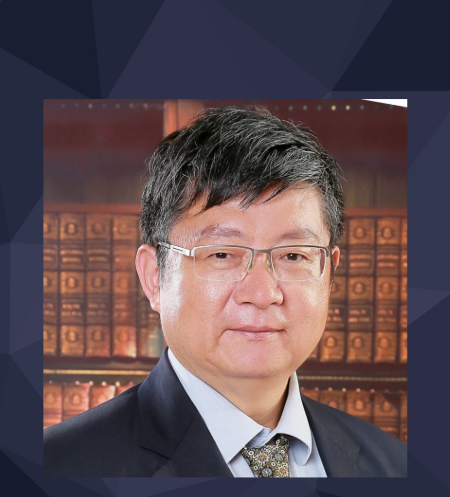TechTalk – Wearable Assistive Robots for Aging Society
A rapidly aging population is one of the grand challenges facing the society. It is estimated that by 2050, the global population of people aged 65 or older will reach 1.6 billion. This is a major difficulty that many elders are experiencing severe limitations in mobility and manipulability in their daily lives, resulting in tremendous social and economic challenges. This talk will discuss a User-Centric Co-Creation (UC³) approach to develop intelligent robotic systems to assist mobility and manipulability as well as prevent falls. The UC³ methodology lays down a theoretical foundation for multi-disciplinary approach to the development of personalized wearable assistive systems. It will pave a new avenue to advance the ergonomics and gerontechnology beyond current horizons.










